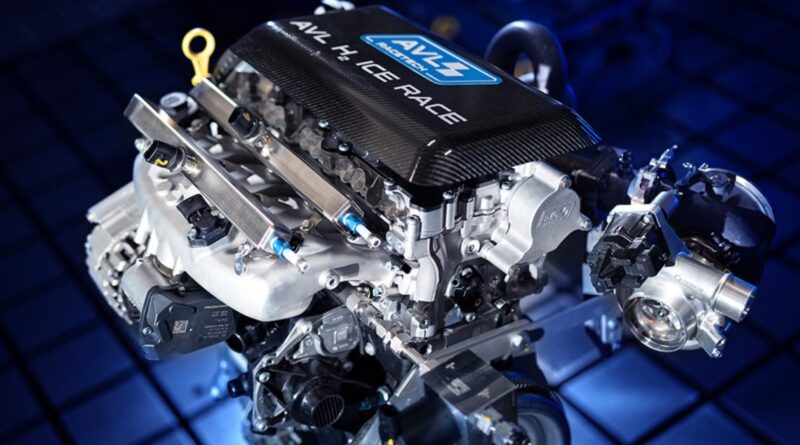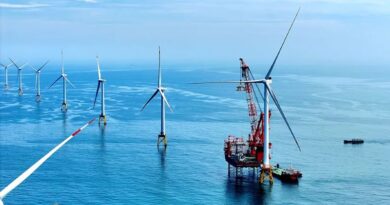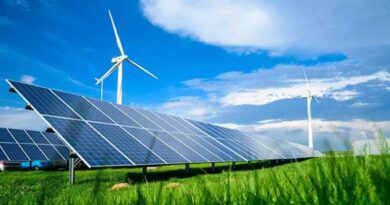This hydrogen engine is a beast. Its sound is magical and it’s ready to race
The Austrian mobility technology company (AVL) demonstrated early this month how the prototype 2.0-liter turbo hydrogen engine produced over 200 horsepower per liter. The objective of the AVL is to modify combustion with a water-injection system in addition to its turbocharger for a safer burn and increased power output, which has been operating flawlessly thus far.
Though fuel cell-electric powertrains have received the majority of attention when it comes to automotive hydrogen, hydrogen combustion engines have been making slow but steady inroads into the serious discourse. Even in a motorsport context where the lack of roadside H2 fueling infrastructure is not a problem, hydrogen engines still have to deal with some challenges.
As AVL affirmed, lean burning and high air-to-fuel ratio combustion cause the typical hydrogen internal combustion engine (ICE) to perform poorly. Although lean burning can be advantageous in that it reduces emissions and improves fuel economy, it also results in lower power output, which is especially troublesome for race engines.
The revolutionary hydrogen engine
The innovative hydrogen-powered internal combustion engine (ICE) prototype known as AVL H2 ICE RACE was created by the racing branch of the Austrian engineering company (AVL Racetech). The engine, which has a 2-liter displacement and an amazing 410 horsepower, is meant to show off hydrogen’s potential as a sustainable fuel source for motorsports.
With the familiar and thrilling qualities of internal combustion engines (ICEs) combined with the environmental advantages of hydrogen fuel, hydrogen-powered ICEs present a viable alternative for the motorsports industry. Since they do not produce exhaust emissions, they are in line with motorsports’ commitment to sustainability.
In addition to having higher power densities than electric motors, ICEs can be scaled to power a wide range of vehicles, from powerful trucks to nimble race cars, meeting the demands of different motorsport categories. This versatility allows hydrogen engines to be well-suited for the demanding performance requirements of racing.
Key Features of the AVL H2 ICE RACE
Compact design: the 2-liter engine is better suited for usage in race cars because it is substantially smaller than conventional ICEs.
High power density: with 205 horsepower per liter, the engine’s power output is on par with that of gasoline-powered engines.
Water injection: The engine uses water injection to increase performance by lowering the temperature inside the combustion chamber.
Lean-burn operation: due to the engine’s ability to run on extremely lean air-fuel mixes, fuel efficiency and emissions are improved.
Water injection system to boost power
When the technology company announced last year that its motorsport division, AVL Racetech, was developing a hydrogen racing engine, it explained that the design would use a water injection system to boost power.
According to AVL, the intelligent PFI water injection system boosts water into the engine’s intake air, thwarting the possibility of premature ignition and lowering the air-fuel ratio from a lean burn to a stoichiometric level. It is like a wastegate turbocharging system that supplies the air.
This month’s testing of the prototype 2.0-liter turbo four-cylinder verified the top values from AVL’s earlier simulations, seeing the engine develop 410 hp (302 kW) at 6,500 rpm and 369 total lb-ft (500 Nm) between 3,000 and 4,000 rpm. With an output of roughly 201 horsepower per liter (150 kW per liter), the engine is set to compete in modern close-to-production race classes.
After some tests, Ellen Lohr, motorsport director at AVL, said that with the development of the first racing engine under our name, we have taken another step closer to realizing our vision of leading motorsport into a sustainable future. The results achieved by our H2 racing engine confirm that we can deliver an incredibly competitive package with this technology.
Source : lagradaonline.com




